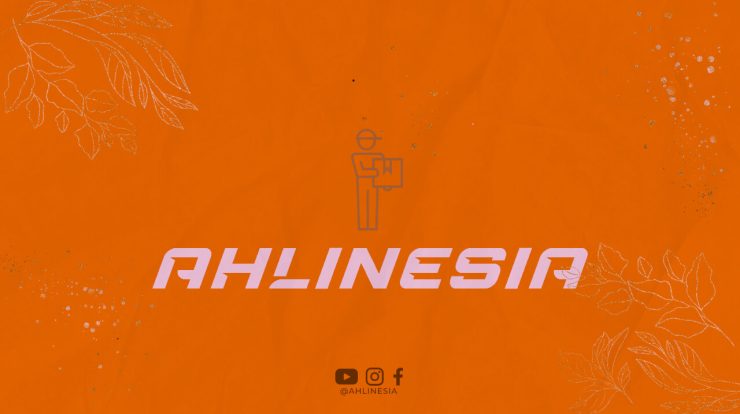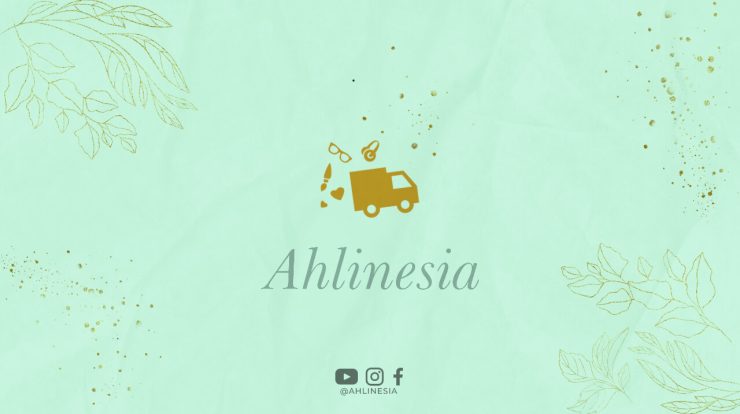
Introduction
History education plays a crucial role in shaping the understanding of past events and their impact on society. In this comparative study, we will explore the similarities and differences in history teaching between Australia and Canada. Both countries have rich historical backgrounds, and their educational systems aim to provide students with a comprehensive understanding of their nation’s history. Let’s delve deeper into the approaches taken by these two countries in teaching history.
Curriculum and Framework
Both Australia and Canada have established national curricula that set guidelines for history education. In Australia, the Australian Curriculum: Humanities and Social Sciences provides a framework for teaching history, while in Canada, the Provincial and Territorial Social Studies Curriculum serves as the foundation for history teaching. These frameworks outline the key concepts, skills, and historical events that students should learn at different grade levels.
Teaching Methods
When it comes to teaching methods, both countries emphasize interactive and engaging approaches. In Australia, educators often use inquiry-based learning, where students actively explore historical sources and develop critical thinking skills. Similarly, in Canada, educators encourage students to analyze primary and secondary sources, fostering a deeper understanding of historical events. Both countries also utilize storytelling, group discussions, and multimedia resources to make history come alive in the classroom.
Inclusion of Indigenous History
An important aspect of history education in both Australia and Canada is the inclusion of Indigenous history. Both countries recognize the significance of acknowledging and teaching the history, culture, and contributions of Indigenous peoples. In Australia, the curriculum incorporates the perspectives and experiences of Aboriginal and Torres Strait Islander peoples throughout history. In Canada, the curriculum emphasizes the history and contemporary issues facing Indigenous communities, promoting reconciliation and understanding.
Emphasis on National History
While both countries recognize the importance of teaching their national history, there are notable differences in emphasis. In Australia, the curriculum places a strong focus on teaching Australian history, including the impact of colonization, the development of democracy, and multiculturalism. On the other hand, Canada’s curriculum encompasses both Canadian and world history, aiming to provide a global perspective and foster a sense of global citizenship among students.
Assessment Methods
Assessment methods in history education vary between Australia and Canada. In Australia, assessments often involve research projects, essay writing, and oral presentations, allowing students to demonstrate their research and analytical skills. In contrast, Canada utilizes a combination of traditional exams and alternative assessments, such as group projects and multimedia presentations, to evaluate students’ historical knowledge and understanding.
Teacher Training and Professional Development
Both Australia and Canada emphasize the importance of teacher training and professional development in history education. In Australia, educators are encouraged to participate in professional development programs that focus on history teaching strategies and incorporating diverse perspectives. Similarly, in Canada, teachers receive training on incorporating Indigenous perspectives, implementing inquiry-based learning, and using technology effectively in history classrooms.
Challenges and Future Directions
Despite the efforts made by both countries, there are challenges in history education that need to be addressed. One common challenge is the limited time allocated for history in the overall curriculum, resulting in a lack of in-depth exploration of historical topics. Moreover, the digital age presents opportunities and challenges in incorporating technology and digital resources into history teaching.
Conclusion
In conclusion, both Australia and Canada place significant importance on history education, aiming to develop students’ historical thinking and understanding. While there are similarities in teaching methods, inclusion of Indigenous history, and teacher training, there are also differences in curriculum emphasis and assessment methods. By continuously addressing challenges and adapting to the changing educational landscape, both countries can provide students with a comprehensive and engaging history education.





